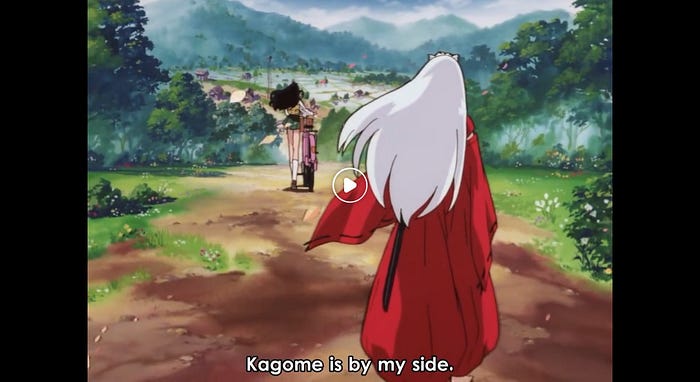
On the quest towards positive masculinity in a classic shônen manga.
Shônen manga (少年漫画), which literally translates into Japanese comics for young teen male, has been one of the biggest global cultural phenomenon since the 1980s. First meant for a Japanese male teenage audience, it is today one of the most globalized cultural goods, comparable to Disney or Hollywood movies. Every year, hundreds of million copies of manga are sold around the world, and the figures keep increasing. And among the different genres, shônen manga is by far the most popular, with series like Dragon Ball, Naruto, One Piece, Demon Slayer or Attack on Titan. To clarify, a manga refers to a comic book, while anime describes an animated series, often derived from a manga.
Written by men, for men, and depicting mostly male main characters, shônen manga are often rightfully criticized for perpetrating sexist and often harmful representations of women. Female characters are indeed usually support characters with less agency and backstory, depending on the male character to save them and unconditionally subordinated to him. Although there are different kinds of typically strong female characters like the tsundere onna (ツンデレ女), their apparent roughness is usually hiding their secret love for a male character, thus reducing them to sentimentally-driven female stereotypes.
In this article, I aim to analyze a popular shônen manga from the 90s and 2000s, Inuyasha, under a gender theory perspective. Very interestingly, this manga focuses on a female character, Kagome, the reincarnation of another female figure, Kikyo. Yet it is titled after the male hero, Inuyasha, the romantic partner of both Kikyo and Kagome in two different lifetimes. Even most interestingly, Inuyasha was written by a female manga artist, Rumiko Takahashi. Looking at scenes from episode 31 of the anime, I aim to explore the depiction of two conflicting types of masculinities, toxic masculinity and positive masculinity. By doing so, we can infer on both the realistic and idealistic assumptions on how a man is and should be, as embodied by the character of Inuyasha.

